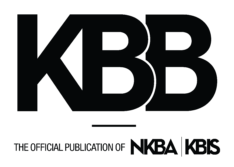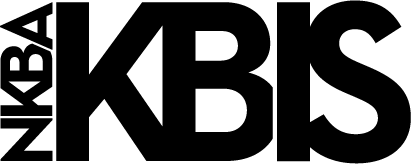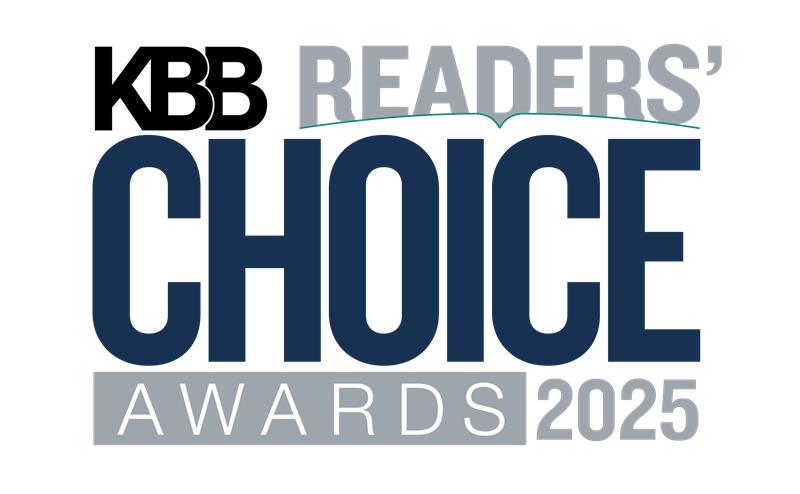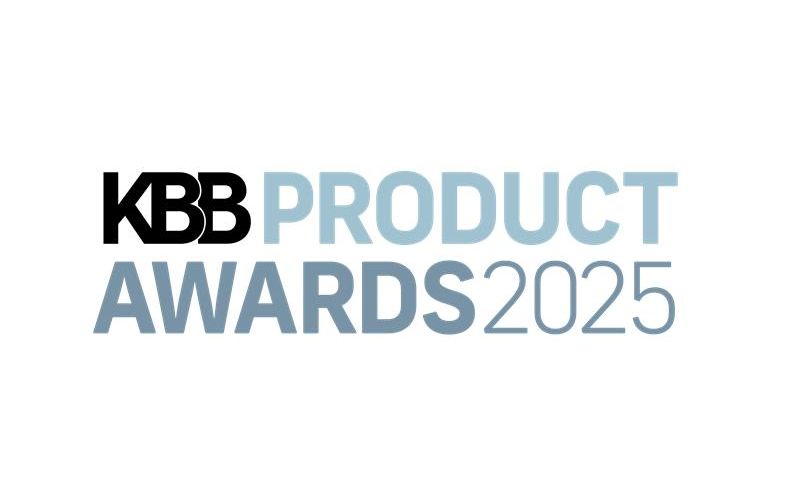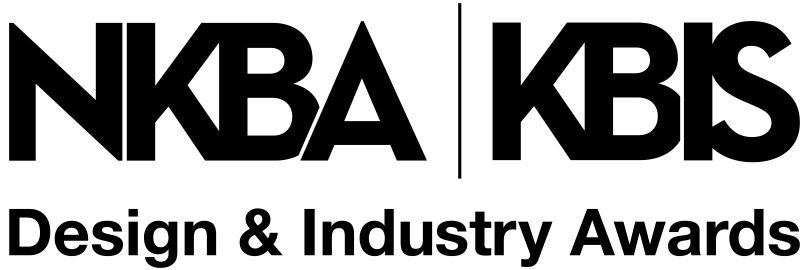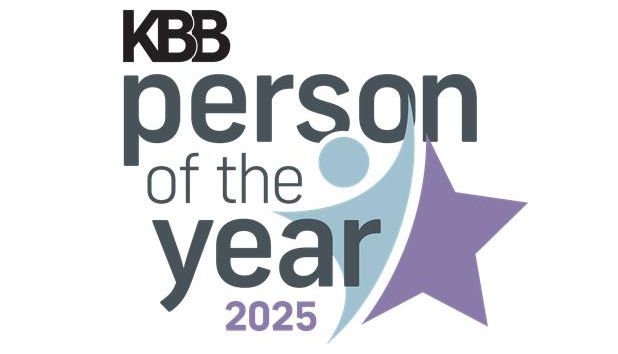The spectrum is wide regarding what education and certifications qualify a person to call themselves a designer. With an innate talent and a plethora of Pinterest boards, some individuals feel they can master the design profession without garnering a more structured educational approach. So why is getting certified important to help develop your skills? Let’s look at the benefits of adding validity to your business, increasing your professional development and determine if a certification is right for you.
Certification Credibility
Obtaining certifications can enhance your credibility and help build trust with clients, employers and peers. It shows your interest in bettering the industry and ensures you meet industry standards by staying updated on best practices, safety codes and ethical guidelines. Certifications can also add credibility to your resume when perhaps your career path didn’t include a formal design education at an accredited design school. This is especially true for designers who are pivoting in their professional endeavors and embarking on a second career path later in life.
Competitive Advantage
Certified designers often have an edge in the job market and can command higher fees for their services.Certifications can also be used as a marketing tool for a designer. Listing certifications or designations on collateral material and educating a client on the value a certification brings can also differentiate you from other designers bidding the same job.
Business Offerings
The goal of a certification is to assist a designer with developing new skills, which can foster creativity and innovation. It can also diversify your business, as your hypothetical “tool belt” increases with a tool set that meets the demands of a larger demographic. For example, the Certified Living in Place Professional certification through the Living in Place Institute offers an amazing tool set when designing for the aging-in-place clientele. The education provided focuses on how to design for individuals who hope to live in their home independently as they age. This includes how to identify ideal placement for grab bars, specifying lever door handles versus knobs for homeowners with arthritis and contrasting light switch plates for clients with vision impairments. These small design details can impact the quality of life for a homeowner, and your certification will be the reason for these intentional choices.
Continuing Education & Networking Opportunities
Certification programs typically require ongoing education, which keeps your skills and knowledge current. Because it’s required, it motivates and encourages certified designers to take courses pertaining to what is relevant in today’s practices.
Certifications and their related associations often provide access to professional networks, events and resources. These resources can be incredibly beneficial to designers, who sometimes work independently.
Professional Growth
Certifications can and should be used as a form of garnering credibility and trust. But some designers are more motivated by their desire for professional growth and enthusiasm to learn. Skill development leads to personal enrichment and professional fulfillment, making the work more engaging and rewarding. And because the design industry is dynamic, with trends and styles evolving rapidly, ongoing skill development helps designers stay relevant.
In conjunction with the ability to learn new and innovative advancements in the design industry, a certification can also improve a designer’s ability to address complex design challenges effectively. The more exposure a designer has to various design and construction practices, the more empowered a designer will be to offer unique and progressive solutions to problems when they arise.
Which Certification Is Right for You?
There are several certifications in the design industry that may be applicable to a designer. The goal is to attain the formal education to add validity to their professional endeavors. If time and investment aren’t a deterrent, then perhaps pursuing an associate, bachelor’s or master’s degree in interior design from an accredited institution may be a good fit. Attending a trade school offers shorter, specialized programs that focus training in specific areas of interior design.
There are also certifications offered through design associations that may better fit your needs. Some professional certifications include the NCIDQ certification through the National Council for Interior Design Qualification or the Certified Master Kitchen and Bath Designer certification from the National Kitchen and Bath Association. Specialty certifications offered through the NKBA in specific areas include sustainable design, floor plan specifications and lighting design. There are also many online certifications achievable through extensive workshops and exams.
In the end, a designer should do what’s right for them and their business goals. There are plenty of extremely talented designers who have leaned into their innate capacities and been incredibly successful without formal education or industry certifications. Certifications should be achieved with the goal of professional growth and eagerness to learn to be an asset to their clients.
By Elizabeth P. Lord, CMKBD, CLIPP, Principal Designer of Elizabeth P. Lord Residential Design LLC



